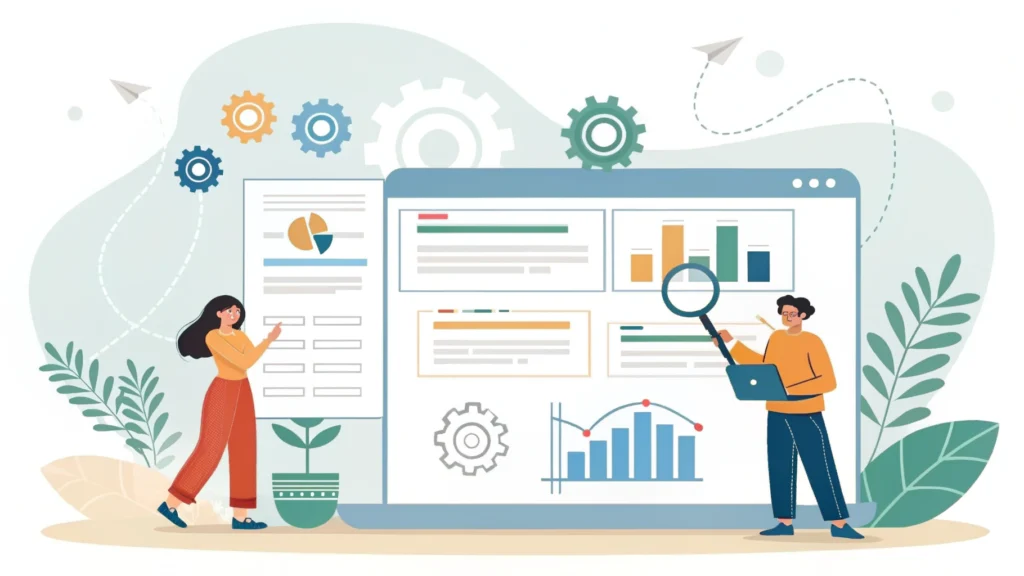Introduction
As technology continues to evolve, the way we write and interact with code is undergoing a revolutionary transformation. AI code assistants are at the forefront of this change, providing developers with tools that enhance productivity, streamline workflows, and reduce the potential for errors. In this article, we will explore why AI code assistants are the future of coding and how they can benefit developers and tech enthusiasts alike.
What is an AI Code Assistant?
An AI code assistant is a software tool that utilizes artificial intelligence algorithms to help developers write code more efficiently. These tools can suggest code snippets, auto-complete lines of code, identify errors, and even generate entire functions based on a developer’s intent. Popular examples include GitHub Copilot, Tabnine, and Kite.
Benefits of AI Code Assistants
- Increased Productivity: AI code assistants can significantly reduce the time developers spend on repetitive tasks, allowing them to focus on more complex problems.
- Error Reduction: By providing real-time code suggestions and corrections, these tools help minimize bugs and improve code quality.
- Learning Aid: For novice developers, AI code assistants can serve as a valuable educational resource, teaching programming best practices through example.
- Integration with Development Environments: Many AI code assistants seamlessly integrate with popular IDEs, making it easy for developers to adopt them into their existing workflows.
How AI Code Assistants Work
AI code assistants leverage advanced machine learning algorithms, large datasets, and natural language processing to understand the context of the code being written. They analyze patterns from millions of lines of code, allowing them to make intelligent suggestions.
Step-by-Step: Implementing an AI Code Assistant
- Choose Your AI Code Assistant: Research available AI code assistants and choose one that fits your development needs. Popular choices include GitHub Copilot and Tabnine.
- Install the Assistant: Follow the installation instructions for your chosen tool. Most will integrate with popular IDEs such as Visual Studio Code or IntelliJ.
- Start Coding: Begin your coding project. As you type, the AI code assistant will provide suggestions and auto-completions.
- Review Suggestions: Carefully review the code suggestions provided by the assistant. Make adjustments as necessary to fit your coding style.
- Iterate and Learn: Use the AI code assistant not just for code generation, but as a learning tool to understand better practices and improve your coding skills.
Code Example
Here’s a simple example of how an AI code assistant can help generate a function in JavaScript:
function addNumbers(a, b) {
return a + b;
}As you start typing the function, the AI code assistant may suggest this structure based on context, allowing you to complete the function more quickly.
FAQs
Are AI code assistants suitable for all programming languages?
Most AI code assistants support popular languages like JavaScript, Python, and Java. However, support can vary, so check the documentation for your specific tool.
Do AI code assistants replace developers?
No, AI code assistants are designed to enhance productivity and assist developers, not replace them. The human element in software development is crucial for creativity and problem-solving.
Can I trust the code suggestions from AI assistants?
While AI assistants provide valuable suggestions, it’s essential to review and test the code generated to ensure it meets your project’s requirements and standards.
Conclusion
AI code assistants are not just a trend; they are a glimpse into the future of software development. By increasing productivity, reducing errors, and serving as educational tools, they empower developers to write better code, faster. As these technologies continue to improve, embracing AI code assistants could be one of the best decisions for developers looking to stay ahead in the ever-evolving tech landscape. Explore more tools and resources at WebToolsLab (All Tools).
